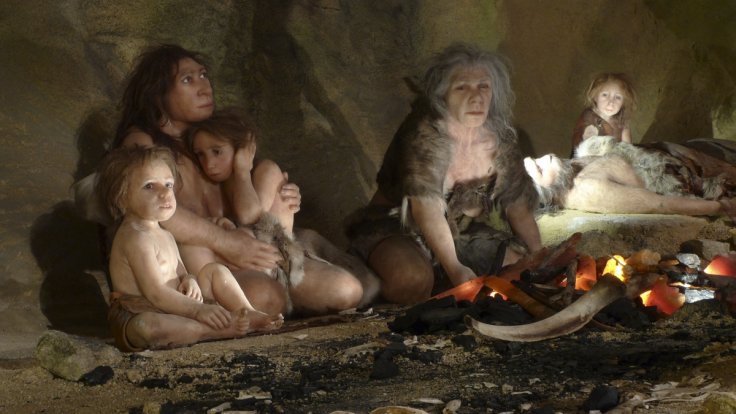
A new study conducted by a team of international researchers has found that two genes from Neanderthal people have played a crucial role in determining the shape of the modern human's skull.
The study led by Philipp Gunz, a paleoanthropologist at the Max Planck Institute for Evolutionary Anthropology in Germany found that modern humans have unusually globular heads when compared to ancient ancestors including Neanderthals.
Experts believe that interbreeding which happened between ancient Europeans and Neanderthals have made modern humans carry Neanderthal genes in their body.
"Billions of people living today carry a small fraction of Neanderthal genes in their genome -- a distant echo of admixture when our ancestors left Africa and encountered Neanderthals. By combining data from fossils, genetics and brain imaging we can learn something about evolutionary changes to brain development in our own species," said Philip Gunz, CNN reports.
During the study, researchers analyze the cranial shape of about 4,500 persons' brains and tried to figure out the fragments of Neanderthal DNA they carried in their body. The research report published in journal Current Biology revealed that two gene variants from Neanderthals have visible impacts in determining the shape of human skulls, on chromosomes one and 18, which when disrupted have major consequences for brain development.
However, the research report also added that people who have more elongated skulls necessarily do not have more Neanderthal DNA.
"We would like to understand more about globularity because it might relate to specific changes in the ways our brains are organized -- the relative sizes of different parts of the brain and how they are connected to each other, as compared to our ancestors," said Simon Fisher, director of the Max Planck Institute for Psycholinguistics, and the co-author of the study.
A few weeks back, a study report published in the journal Nature Ecology and Evolution had revealed that interbreeding between Neanderthals and humans were more common than previously believed in the ancient times. The research report suggested that multiple instances of interbreeding between Neanderthals and humans majorly happened in Europe and parts of Asia.









